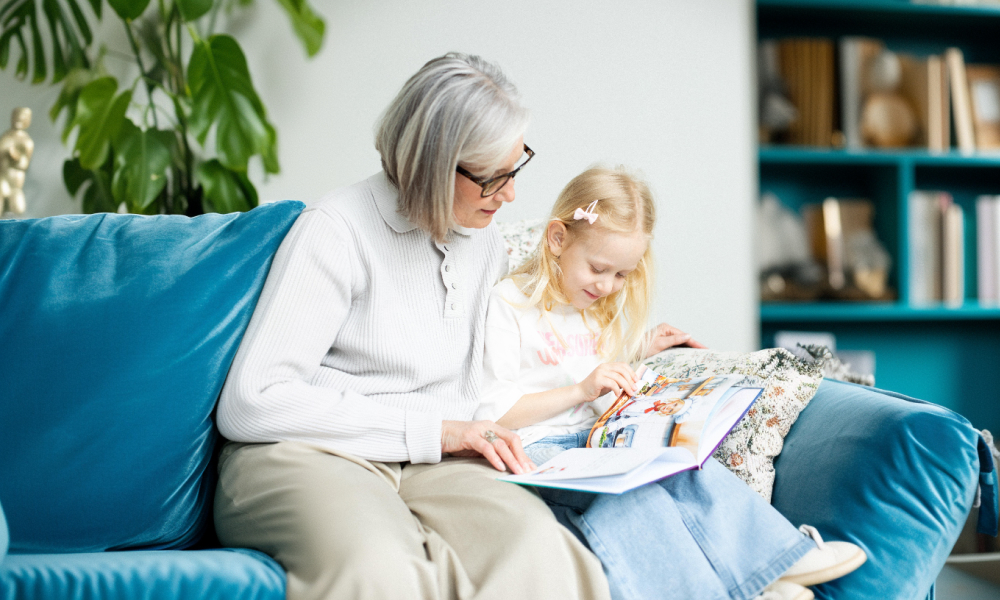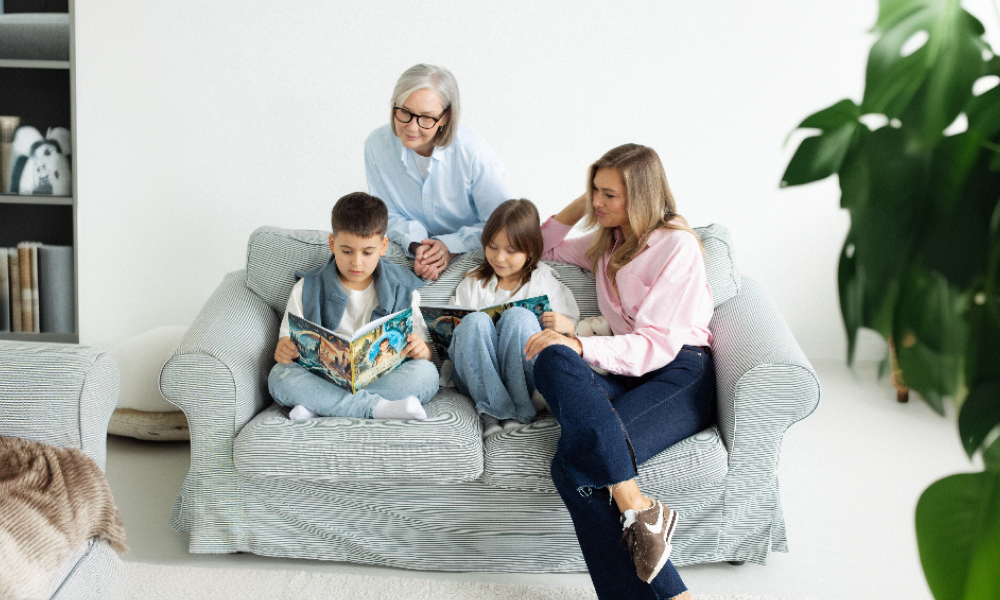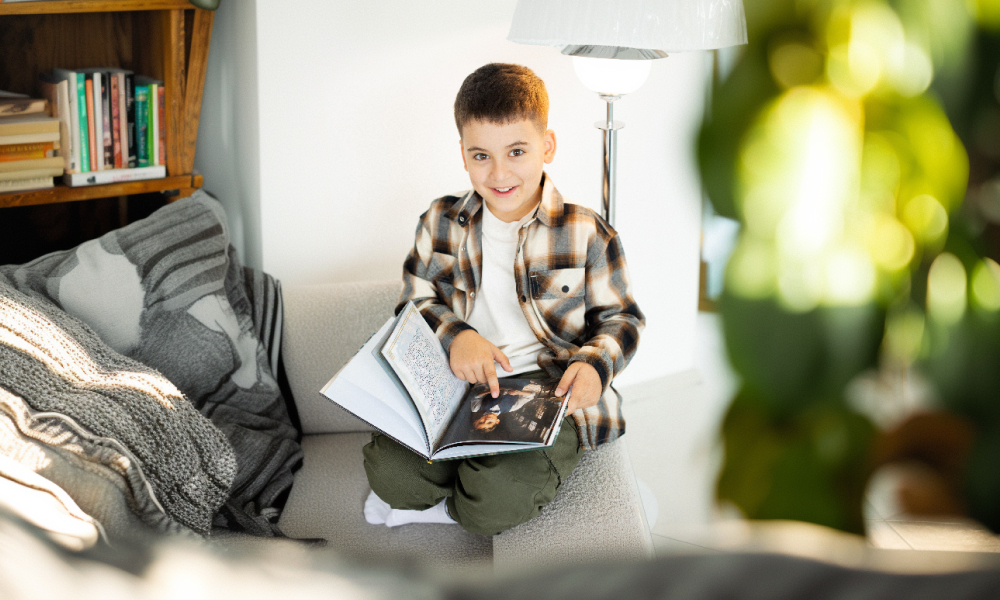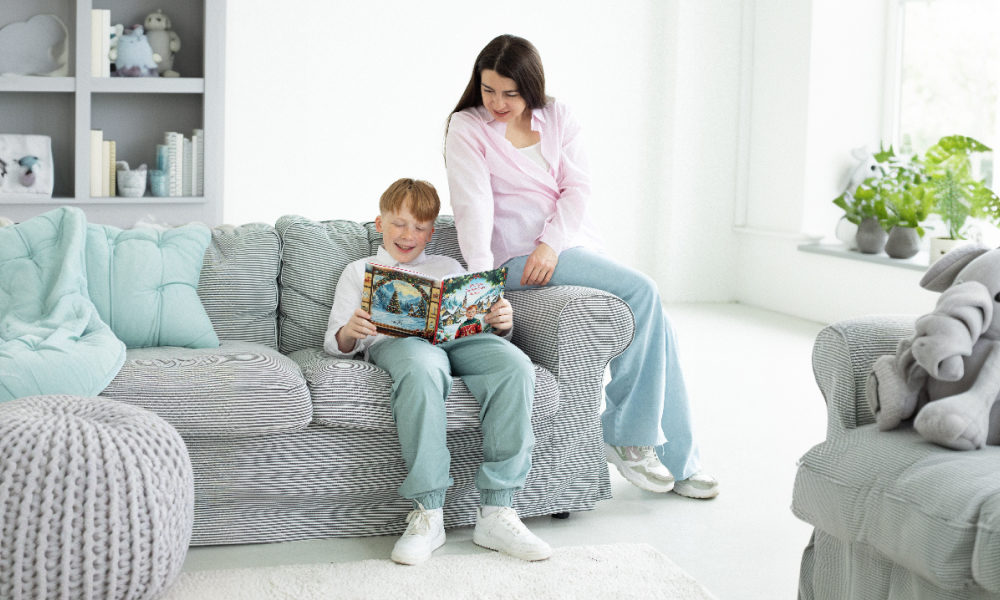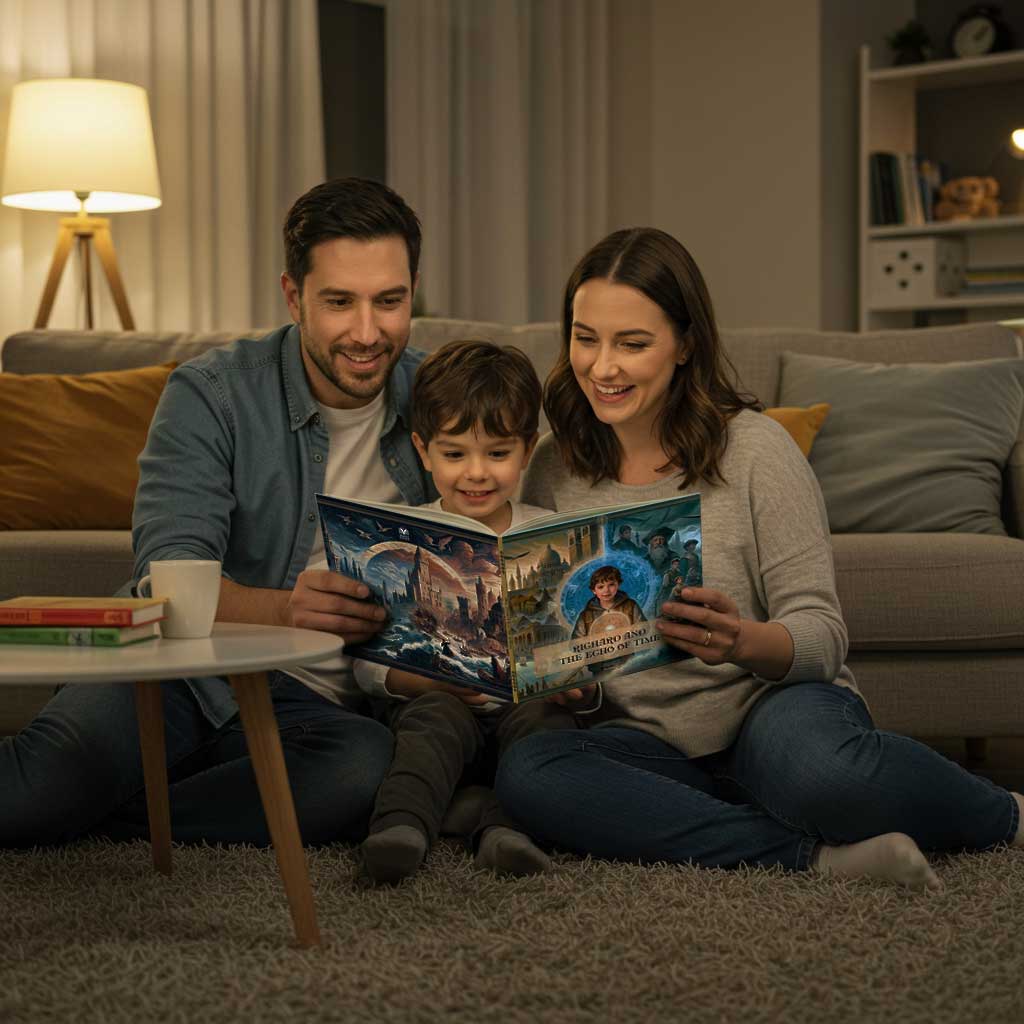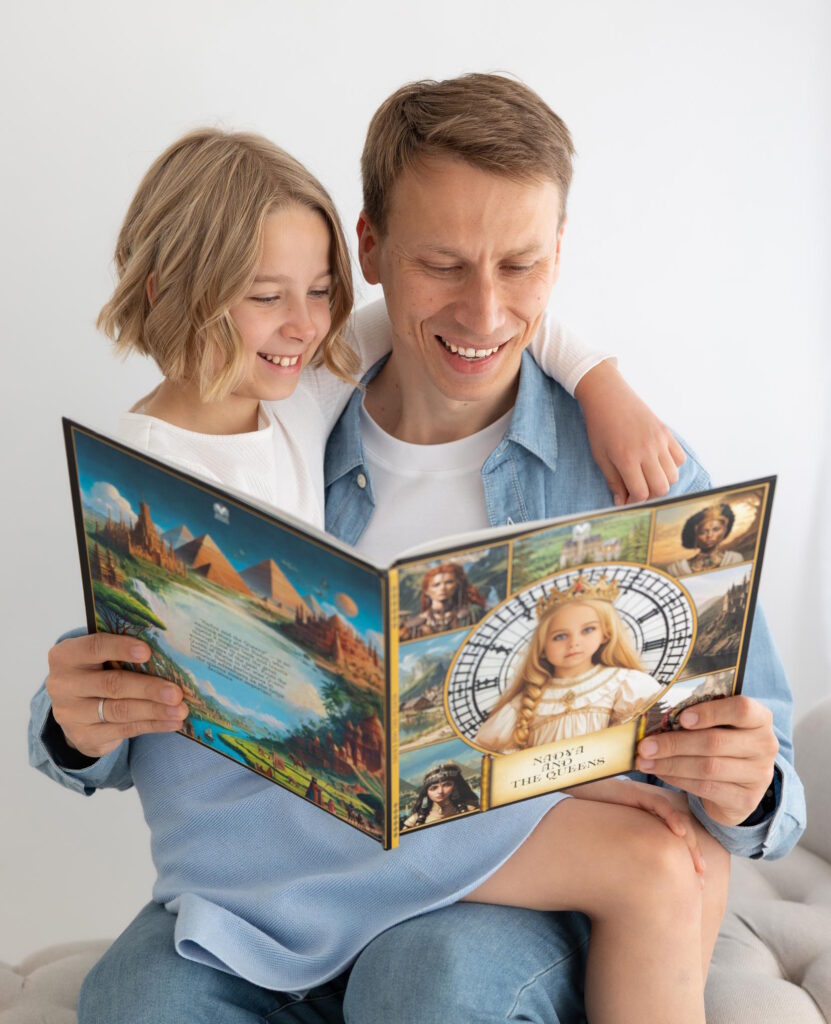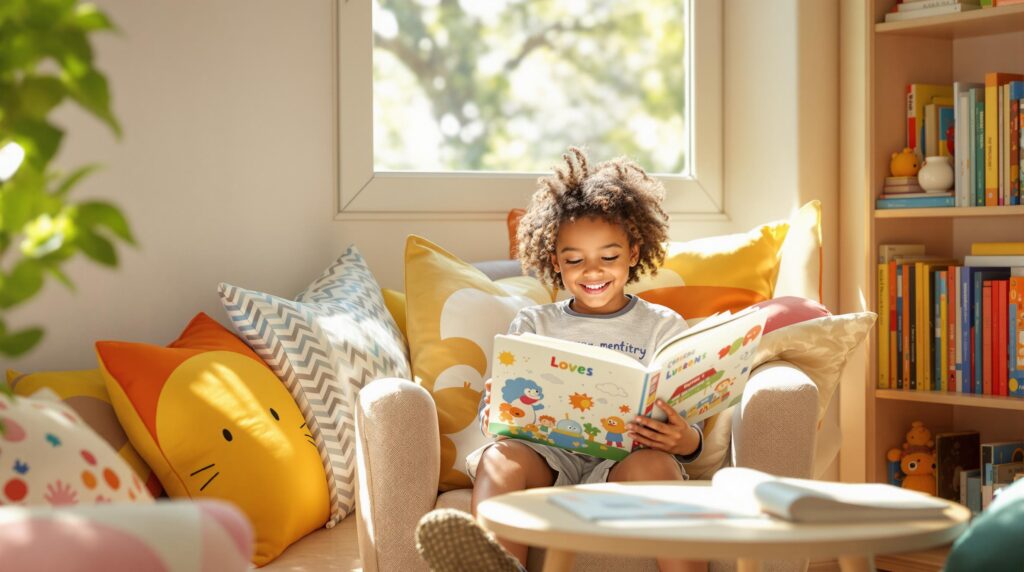In today’s interconnected world, one of the greatest gifts we can give our children is a global perspective. Raising a “little global citizen” isn’t about expensive travel or complex lessons; it’s about nurturing curiosity, empathy, and an appreciation for the beautiful diversity of our planet. It’s about showing them that while we may have different customs, languages, and traditions, we all share the same big, wonderful world.
The best part? You can start this incredible journey right from your living room. Here are seven simple and fun ways to introduce your child to world cultures at home.
1. Travel Through Taste: A Kitchen Adventure
The easiest (and most delicious!) entry point to any culture is through its food.
- Cook Together: Pick a country on a map and find a simple, kid-friendly recipe from that region. Making Japanese onigiri, rolling Italian gnocchi, or mixing spices for a mild Indian curry can be a fantastic sensory experience.
- Theme Nights: Dedicate one dinner a week to a different country. Play music from that region, decorate the table with its colors, and learn a fun fact about where your meal comes from.
2. Listen to the World’s Rhythms
Music and dance are universal languages that every child understands. Create a “World Music” playlist on your favorite streaming service. Explore the vibrant beats of West African drumming, the gentle melodies of a Celtic harp, or the joyful energy of a Latin salsa. Don’t be shy—clear some space and have a global dance party in your living room!
3. Explore the World from Your Wall
A map or a globe is more than just decoration; it’s a portal to adventure.
- Get a Large Wall Map: Place it somewhere your child sees it every day. Use it to trace the origins of your food, the settings of your favorite stories, or the homes of different animals.
- Play “Map I Spy”: “I spy a country that’s shaped like a boot!” or “I spy the ocean where blue whales live.” This turns geography into a fun, interactive game.
4. Say ‘Hello’ to a New Language
You don’t need to become fluent, but learning a few key phrases can open up a new world. Start with “hello” and “thank you.”
- Word of the Week: Introduce a new “hello” each week. Practice saying Hola (Spanish), Bonjour (French), Konnichiwa (Japanese), or Jambo (Swahili). It’s a simple way to show that people communicate in many different, wonderful ways.
5. Celebrate Global Festivities
From the vibrant colors of Holi in India to the glowing lanterns of the Lunar New Year in Asia, the world is full of joyful celebrations. Pick a few global holidays to learn about each year. You can watch videos, read books about the tradition, or even try a related craft, like making a sugar skull for Día de los Muertos.
6. Meet the World in Your Community
Diversity is often closer than we think. Visit a local cultural festival, browse an international grocery store, or visit a museum with exhibits from around the world. These experiences show your child that global cultures are not just in books or on maps—they are a living, breathing part of their own community.
7. Read Stories from Around the Globe
Stories are perhaps the most powerful tool we have for building empathy. They allow our children to walk in someone else’s shoes, see the world from their perspective, and understand their feelings. Reading folktales from Africa, fairy tales from Europe, or fables from Asia builds bridges of understanding like nothing else.
But what if you could take it one step further?
What if your child didn’t just read about a journey to the Egyptian pyramids, but saw themselves as the brave explorer discovering hieroglyphics? What if they didn’t just learn about the Great Wall of China, but saw their own name and character on an epic adventure along its path?
This is the magic of personalization.
At Fableau.com, we believe that placing your child at the heart of the story makes the world feel more accessible, personal, and exciting. Our personalized books transform cultural learning from a passive activity into an immersive adventure. When your child is the hero of a story set in a new and exciting place, they form a deep, personal connection to that culture. It’s no longer just “a place on a map”; it’s a place where they had an adventure.
This personal connection is the seed of global citizenship. It fosters a genuine curiosity and a lifelong love for exploring and understanding the world and all the people in it.
Your Adventure Awaits
Raising a global citizen is a journey of a thousand small, wonderful steps. It’s about opening windows to the world so your child can see the beauty in both our differences and our shared humanity.
